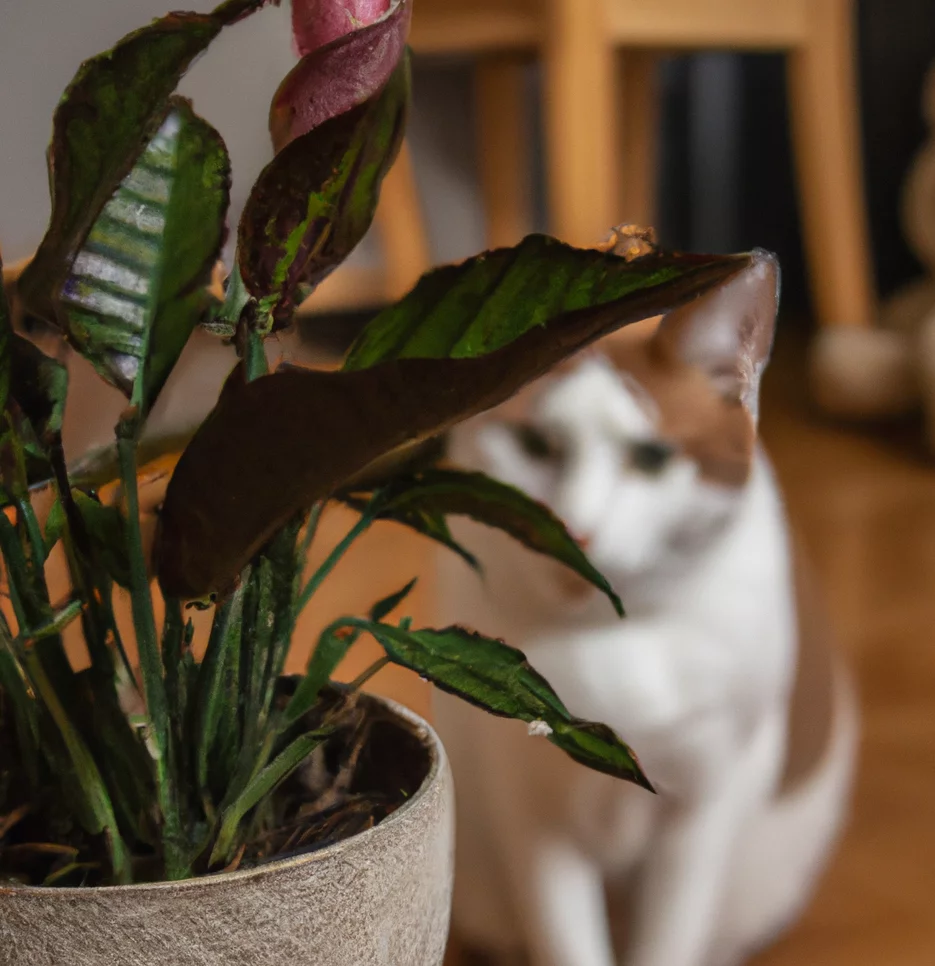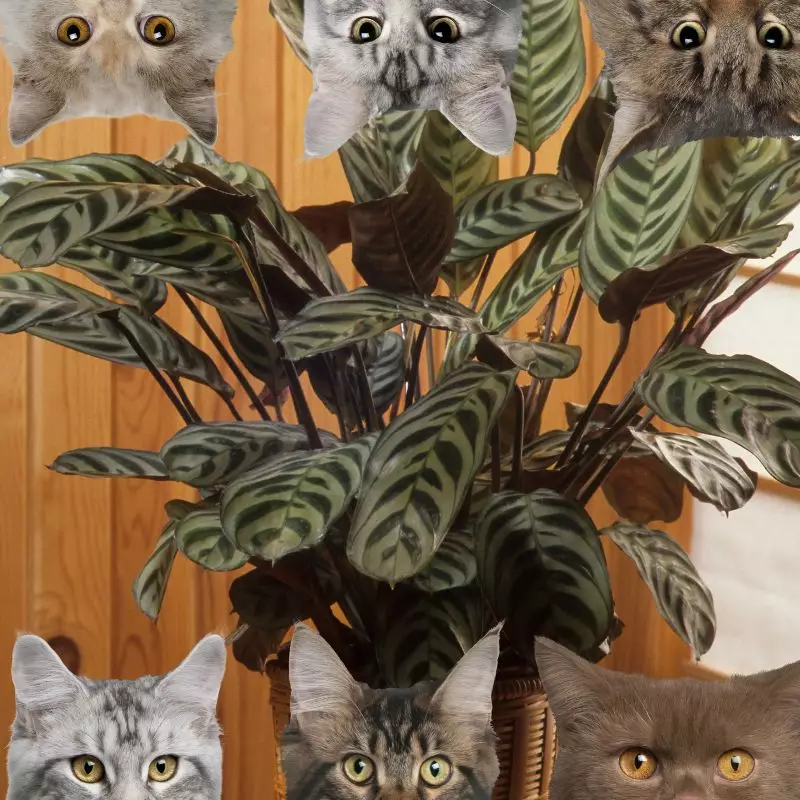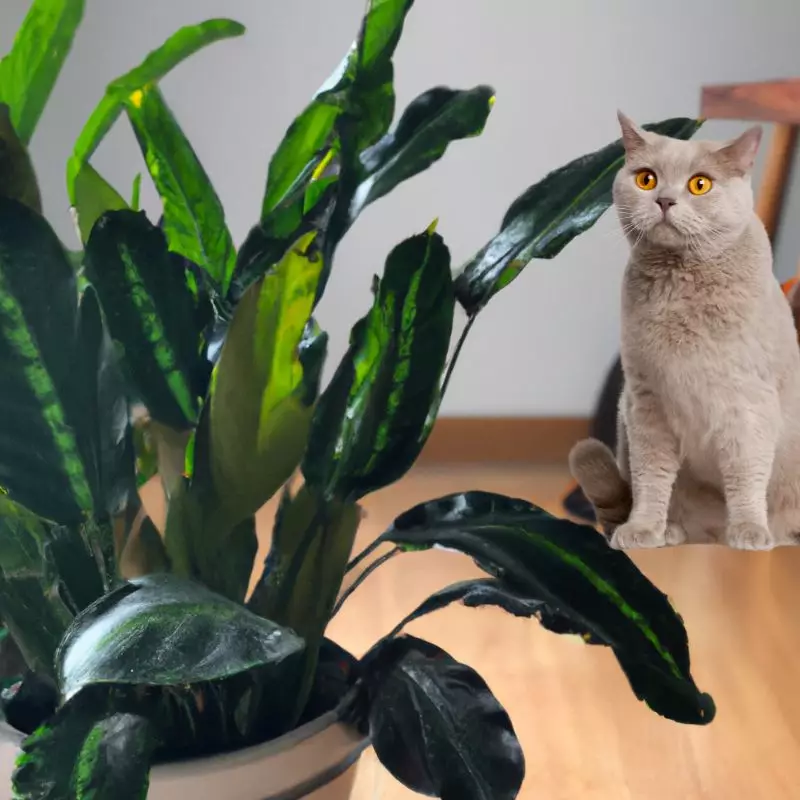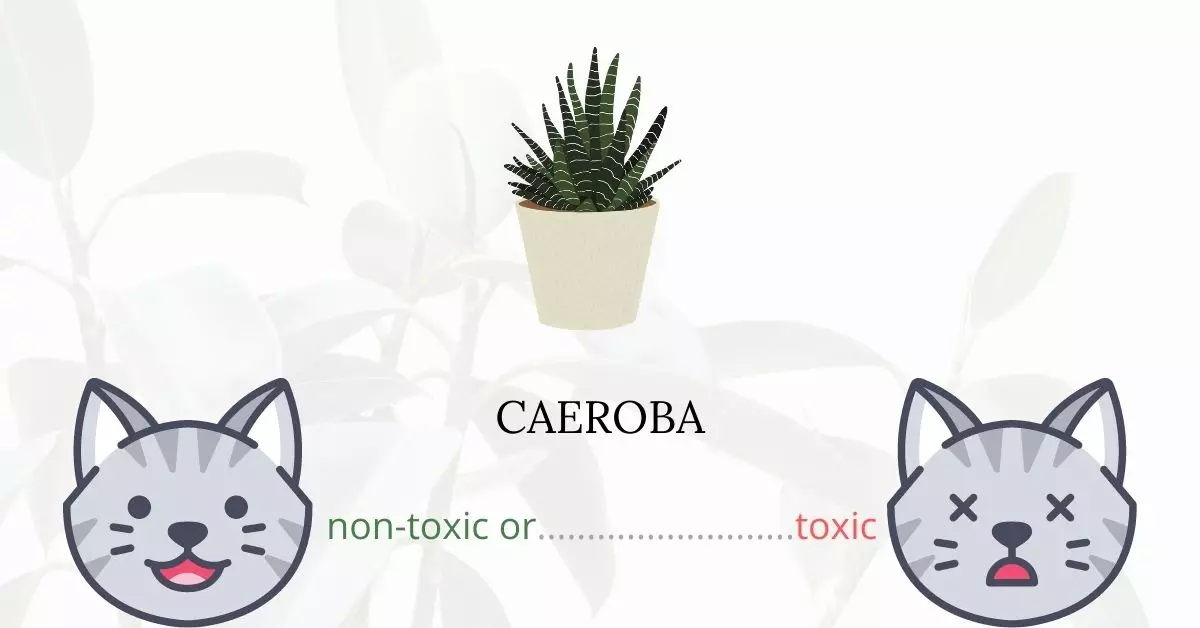Caeroba is not toxic for cats. In fact, according to high-authority sources such as the American Society for the Prevention of Cruelty to Animals (ASPCA) and PetMD, caeroba is listed as a non-toxic plant for not only cats but also dogs and horses.
This article is the result of collaborative efforts with a team of experienced DVMs (doctors of veterinary medicine). With their invaluable insights and our comprehensive research from authoritative websites, we aim to provide you with accurate and up-to-date information regarding the potential risks of various plants, specifically Caeroba, and their effects on cats.
While caeroba is considered safe, it is essential to know its effects if consumed by your feline. Read on to understand how caeroba interacts with cats and gather some tips on how to prevent them from getting too close to your houseplants.
Can Cats Eat Caeroba?

There is no toxic substance found in the caeroba plant that can harm your feline companions. If your cat happens to eat a piece of the plant, it will not cause them harm. However, you should still discourage your cat from eating plants because eating huge quantities may cause them to feel sick.
Since cats are carnivorous animals, plants are not a suitable source of food for them. Cats’ bodies are not made to completely digest plant particles so eating too much vegetation may cause gastrointestinal issues.
Generally, you should also be cautious with plants that were grown with the use of commercial fertilizers and insecticides. These chemicals can harm cats if they are exposed to them and much more if they have ingested them.
What is Caeroba?

Caeroba is also known as Maranta, Peacock Plant, Prayer Plant, Rattle Shaker, Rattle Snake Plant, Red Veined Prayer, Yellow Rattleshaker, and Zebra Plant. Caeroba is a tropical herbaceous perennial plant that grows from an underground rhizome and produces very big green leaves and brilliant yellow inflorescences that resemble a baby’s rattle, thus the name rattle shaker. The unique inflorescences are up to 10 inches long and are made up of stacked floral bracts with little blooms poking out around the edges.
Caeroba is endemic to South American rain forests, although it is also cultivated in Hawaii. It is cultivated indoors in pots in non-tropical areas. While indoor plants preserve their variegated leaves, blooms are rarely seen. In less tropical climes, the plant is generally grown as an appealing houseplant, however, growing a caeroba indoors can be a bit of a struggle.
Keeping Cats Away From Caeroba

Training your cats from staying away from plants particularly outdoors is important. But since they are curious and it is inevitable for them to nibble on plants, there are some methods you can try.
You may use natural deterrents to keep them away from your plants. Make certain that the deterrents you use do not include any dangerous components for cats. Spraying vinegar on your plant will also work. Cats dislike the scent of vinegar and avoid it.
Other objects that cats loathe, such as aluminum foil and double-sided sticky tapes, can be also used to dissuade your cats.
Plants to Avoid For Your Cats
If you are a cat owner and unsure if the plants growing in your yard are harmful to your cats, check out this list of toxic plants for cats. You can also check our list of non-toxic plants for cats.





